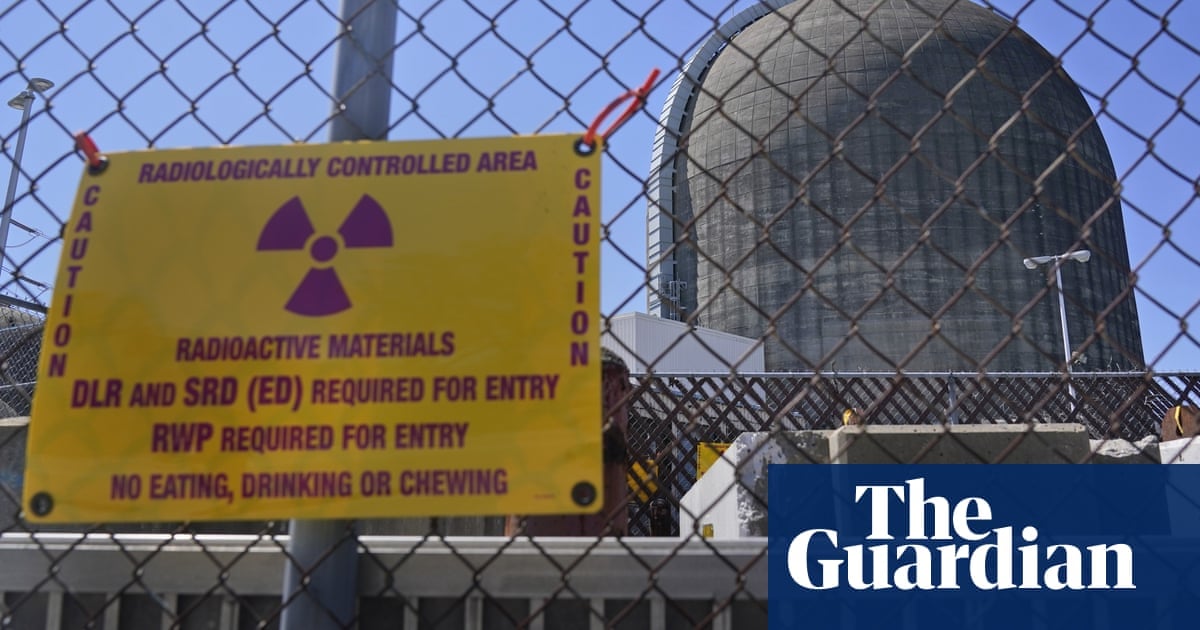- cross-posted to:
- nyc@lemmit.online
- cross-posted to:
- nyc@lemmit.online
Shuttering of New York facility raises awkward climate crisis questions as gas – not renewables – fills gap in power generation
When New York’s deteriorating and unloved Indian Point nuclear plant finally shuttered in 2021, its demise was met with delight from environmentalists who had long demanded it be scrapped.
But there has been a sting in the tail – since the closure, New York’s greenhouse gas emissions have gone up.
Castigated for its impact upon the surrounding environment and feared for its potential to unleash disaster close to the heart of New York City, Indian Point nevertheless supplied a large chunk of the state’s carbon-free electricity.
Since the plant’s closure, it has been gas, rather then clean energy such as solar and wind, that has filled the void, leaving New York City in the embarrassing situation of seeing its planet-heating emissions jump in recent years to the point its power grid is now dirtier than Texas’s, as well as the US average.



Also the nuclear waste is a big problem, it will be around for thousands of years. We have a nuclear plant near us and none of the waste has ever left the site, it just keeps getting added to big casks on a concrete slab outdoors and is a big potential vulnerability.
Most radioactive waste is just mildly contaminated and has a relatively short danger period in the realm of a century or less. The truly dangerous stuff represents the smallest amount of waste and that’s the crap people have been trying to put very deep underground for decades. For whatever reason the political will just hasn’t been there. For now it rests on-site in casks designed to keep it safely stored for a very long time, but it will eventually need a permanent home.
Coal waste is a bigger problem